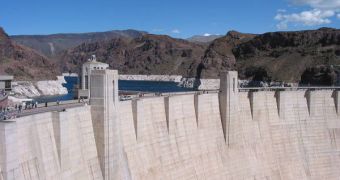In a new scientific study, published in the latest issue of the journal Nature Geoscience, researchers from the Louisiana State University report that the measures state authorities were considering taking so as to restore the marshes that have long since disappeared are inadequate. That is to say, officials have been advocating that a number of levees on the Mississippi river, south of New Orleans, be broken, so as to allow the water to flood the fields, thus recreating the famous marshes.
However, the new paper seems to indicate that this would do little to bring back the old landscape of the region. The team explains that the dams that hold back the river prevent so much sediment from flowing, that it's virtually impossible for the water alone to reinstate the region to its former glory. Additionally, the growing influence that global warming has on the area doesn't make recovery efforts any easier. State authorities have managed to successfully limit the degradation of Louisiana's coasts, but it would now appear that there is little they can do about the marshes, The New York Times reports.
In the case of virtually every river in the world, the body of water starts out as a little spring, then it turns into a stream, and then joins up other similar formations, to create a river. In this process, large amounts of debris, mud and other substances are accumulated by the water, and carried downstream. Although the water may seem as clear as crystal, it actually carries millions of tons of sediments to the oceans, and giant rivers such as the Mississippi or the Amazon carry significantly more.
Harry H. Roberts, one of the researchers involved in the new study, said that the original plan that authorities had, of diverting water further South of New Orleans, would most likely not work, and that officials should consider flooding areas in the LaFourche, Terrebonne or St. Bernard basins. However, the process of deciding which area would be flooded, and which would be left to endure was a very tough one, he added, because people's houses and businesses were on the line.

 14 DAY TRIAL //
14 DAY TRIAL //